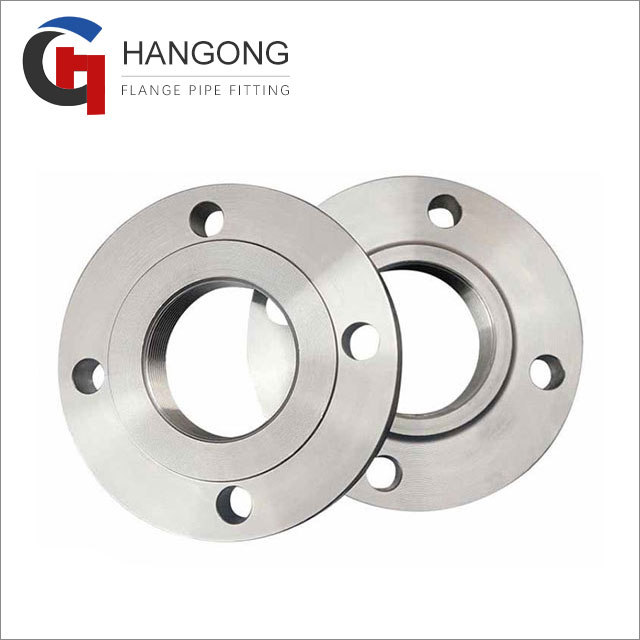The Threaded Advantage: Exploring the Primary Applications of Threaded Flanges in Piping Systems
2024-01-06
Introduction:
In the intricate network of piping systems, the choice of flanges plays a crucial role in determining the efficiency, reliability, and ease of maintenance. Among the various types of flanges available, threaded flanges emerge as versatile components offering unique advantages in specific applications. In this blog post, we'll delve into the primary applications of threaded flanges and uncover the scenarios where their distinctive features shine.
1. Low-Pressure Piping Systems:
Threaded flanges find significant application in low-pressure piping systems. These systems typically operate under conditions where the pressure requirements are moderate, and the simplicity of threaded connections outweighs the need for complex welding procedures. Common examples include:
- Water Distribution Systems: Threaded flanges are frequently used in water supply networks, where the pressure demands are relatively low, and the ease of installation becomes a key factor.
- Non-Critical Industrial Processes: In certain industrial processes with non-critical fluid transportation, threaded flanges offer a practical and cost-effective solution.
2. Residential and Commercial Plumbing:
In residential and commercial plumbing applications, where the emphasis is on simplicity, ease of installation, and accessibility for maintenance, threaded flanges prove to be valuable. Examples include:
- Plumbing Fixtures: Threaded flanges are often employed in the installation of plumbing fixtures, ensuring a secure and leak-resistant connection without the need for intricate welding processes.
- Heating, Ventilation, and Air Conditioning (HVAC) Systems: HVAC systems, especially in smaller-scale applications, may utilize threaded flanges for their convenience and efficiency.
3. General Fluid Transportation:
Threaded flanges are well-suited for scenarios involving the transport of general fluids in a variety of industries. Their adaptability and ease of modification make them suitable for:
- Chemical Processing Plants: In certain chemical processing applications where the pressure requirements are not exceptionally high, threaded flanges provide a practical solution.
- Food and Beverage Industries: Threaded flanges are used in piping systems for the transportation of fluids in food and beverage processing, where moderate pressures are common.
4. Ease of Modification and Maintenance:
One of the notable advantages of threaded flanges is their ease of modification and maintenance. Industries and applications that benefit from this characteristic include:
- Temporary Installations: Threaded flanges are ideal for temporary installations or configurations where frequent adjustments are necessary.
- Accessible Repairs: In systems requiring regular maintenance or repairs, the ability to easily disassemble threaded connections facilitates quick and accessible servicing.
5. Adaptability to Various Pipe Materials:
Threaded flanges offer adaptability to various pipe materials, making them suitable for diverse applications. They can be used with:
- Steel and Stainless Steel Pipes: Threaded flanges are compatible with steel and stainless steel pipes, providing flexibility in material selection.
- Alloy Pipes: In applications involving alloy pipes, threaded flanges offer a convenient solution for creating secure connections.
Conclusion:
Threaded flanges, with their threaded connections and weld-free joints, find prominence in specific applications where low-pressure conditions, ease of installation, and adaptability are paramount. From residential plumbing to industrial processes, their versatility and simplicity make them a valuable choice in the realm of piping systems. While other types of flanges excel in high-pressure environments, the threaded flange stands out for its practicality, contributing to the diverse array of options available to engineers and designers. As always, the selection of the most suitable flange type should be guided by the specific requirements and conditions of the intended application.



